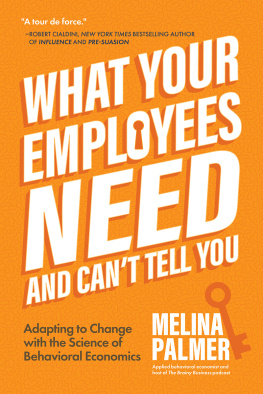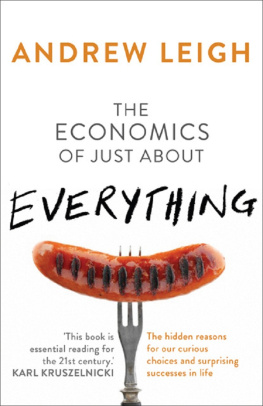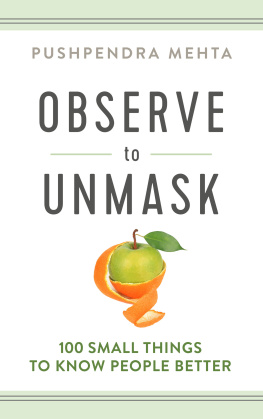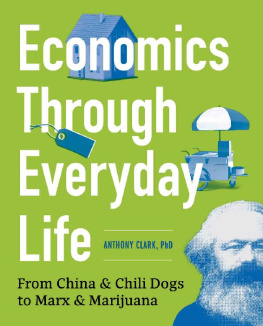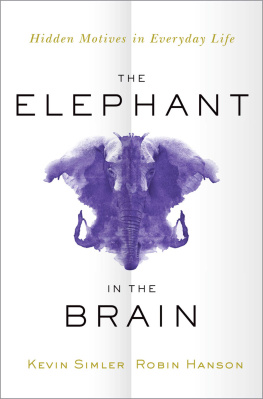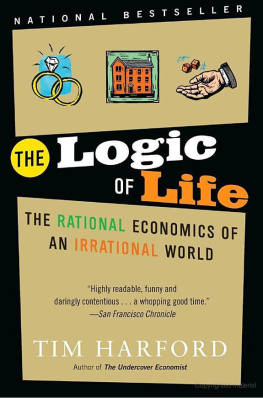Uri Gneezy - The Why Axis: Hidden Motives and the Undiscovered Economics of Everyday Life
Here you can read online Uri Gneezy - The Why Axis: Hidden Motives and the Undiscovered Economics of Everyday Life full text of the book (entire story) in english for free. Download pdf and epub, get meaning, cover and reviews about this ebook. year: 2013, publisher: PublicAffairs, genre: Politics. Description of the work, (preface) as well as reviews are available. Best literature library LitArk.com created for fans of good reading and offers a wide selection of genres:
Romance novel
Science fiction
Adventure
Detective
Science
History
Home and family
Prose
Art
Politics
Computer
Non-fiction
Religion
Business
Children
Humor
Choose a favorite category and find really read worthwhile books. Enjoy immersion in the world of imagination, feel the emotions of the characters or learn something new for yourself, make an fascinating discovery.

- Book:The Why Axis: Hidden Motives and the Undiscovered Economics of Everyday Life
- Author:
- Publisher:PublicAffairs
- Genre:
- Year:2013
- Rating:4 / 5
- Favourites:Add to favourites
- Your mark:
The Why Axis: Hidden Motives and the Undiscovered Economics of Everyday Life: summary, description and annotation
We offer to read an annotation, description, summary or preface (depends on what the author of the book "The Why Axis: Hidden Motives and the Undiscovered Economics of Everyday Life" wrote himself). If you haven't found the necessary information about the book — write in the comments, we will try to find it.
Uri Gneezy and John List are revolutionaries. Their ideas and methods for revealing what really works in addressing big social, business, and economic problems gives us new understanding of the motives underlying human behavior. We can then structure incentives that can get people to move mountains, change their behavioror at least get a better deal.
But finding the right incentive can be like looking for a needle in a haystack. Gneezy and Lists pioneering approach is to embed themselves in the factories, schools, communities, and offices where people work, live, and play. Then, through large-scale field experiments conducted in the wild, Gneezy and List observe people in their natural environments without them being aware that they are observed.
Their randomized experiments have revealed ways to close the gap between rich and poor students; to stop the violence plaguing inner-city schools; to decipher whether women are really less competitive than men; to correctly price products and services; and to discover the real reasons why people discriminate.
To get the answers, Gneezy and List boarded planes, helicopters, trains, and automobiles to embark on journeys from the foothills of Kilimanjaro to California wineries; from sultry northern India to the chilly streets of Chicago; from the playgrounds of schools in Israel to the boardrooms of some of the worlds largest corporations. In The Why Axis, they take us along for the ride, and through engaging and colorful stories, present lessons with big payoffs.
Their revelatory, startling, and urgent discoveries about how incentives really work are both revolutionary and immensely practical. This research will change both the way we think about and take action on big and little problems. Instead of relying on assumptions, we can find out, through evidence, what really works. Anyone working in business, politics, education, or philanthropy can use the approach Gneezy and List describe in The Why Axis to reach a deeper, nuanced understanding of human behavior, and a better understanding of what motivates people and why.
Uri Gneezy: author's other books
Who wrote The Why Axis: Hidden Motives and the Undiscovered Economics of Everyday Life? Find out the surname, the name of the author of the book and a list of all author's works by series.

